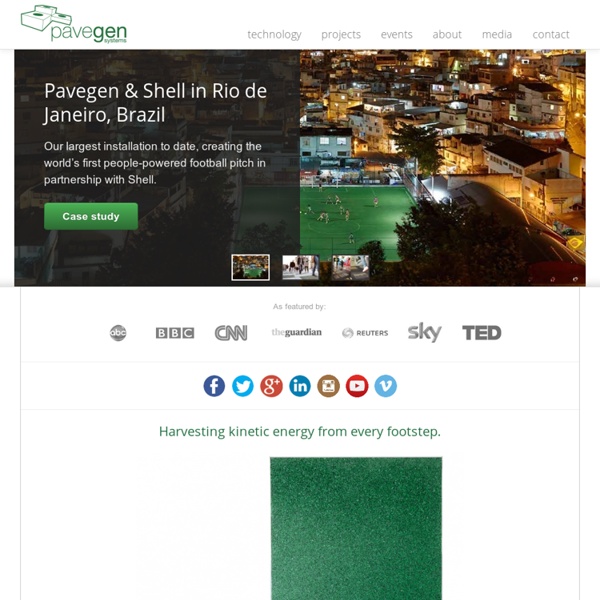



Welcome to the Equality and Diversity toolkit | STEM - Equality and Diversity Toolkit The Definition of 'Beyond Organic' Sally O'BoyleActivist Post When you first hear the term “beyond organic” coined by Joel Salatin, you know immediately what it means. Personally, I was thrilled. Yeah, THRILLED. ‘Cause it sorta means bye bye USDA-sanctioned organics, hello free market. You see, when farmers can stop doing all the paperwork and testing that the beyond criminal USDA requires, those farmers can then put all that money and energy and time and care into actually growing nutritious food. If you’ve watched food and farm-based documentaries and YouTube videos, you’ve heard farmers say that USDA requirements — and not just those for organic, but all of them — are so burdensome and expensive, they’ve either put those farmers out of business or are in the process of doing so. Then there’s the EPA which is actually stealing farmland and businesses via zoning: Beyond intrigued, I searched the web for a definition and found this: Beyond Organic Uh, gosh, these standards are WAY higher than the USDA’s standards.
Galaxy Zoo Bilderberg Foreign Security, Employee Rules, Prostitutes, and Protester Arrests Brandon TurbevilleActivist Post I arrived in Chantilly, Virginia on Saturday June 2 around 9:45 am. After hearing so many reports of intense enforcement of jaywalking/traffic laws in the area near the Westfield Marriott, and because the only “safe” parking area was so far away, we were forced to make the trek of about a mile to a mile and a half from our lot to the main entrance of the hotel. The actual “main” entrance for ordinary purposes, which leads to the Marriott parking lot, was completely sealed off by the police, complete with traffic cones, patrol cars, and police tape. Foreign Security As we made our way around the property, Bilderberg security guards, usually dressed in blue/grey shirts and black pants, would slowly walk parallel with passersby as they made their way to the rest of the group. Alex Jones and Jim Tucker both reported being confronted by a tall Northern European woman who told them there were “machine gun nests” in the woods surrounding the hotel.
IET Faraday - Welcome The IET Faraday "БРАТ" video teaser / album"OРЕНДА" by БALKANSKY / 2012 on the Behance Network БРАТ / BRAT / BROTHER / Full Version / 2012BASED ON THE MYTHOLOGY OF MARTENITSA ORIGIN Music produced & performed by БALKANSKY Video Production : ADDMINIMAL Creative StudioVisual concept, Screenplay & Direction : Adriana Gerasimovamore from ADDMINIMAL @ : www.addminimal.com DOP & Steadycam : Dobrin KashavelovConsultant : Martin DimitrovEdit : Daniel Ivanov, Tanya PetkovaCameraman : Teodor GeorgievCamera Assistant : Krasena AngelovaKey Grip : Anton NaydenovCostume design & Make Up : Adriana GerasimovaChoreographer / Bayan : Milen PetrovDancers : Vasil Dipchikov, Stefan Vuchov,Kostadin Еkzarov, Ivaylo VasilevMARTENITSA : Mariana Gerasimova Many legends and myths abound the pagan ritual of MARTENITSA and relate the symbolic white and red colours. ONE OF THEM SAIS: Khan Koubrat who first united the proto-Bulgarian tribes was nearing the end of his life.
STEMClubs Northern Light: Why Canada's 'Casserole' Movement is All of Ours Protesters in Montreal bang pots and pans in protest over bill 78 and in support of striking students. (Photograph: Peter Mccabe/AP)I gave a talk last week at Canada’s Wilfrid Laurier University to the Congress of the Humanities and Social Sciences. Many in the audience had pinned small red squares of felt to their clothing. The carre rouge, or red square, has become the Canadian symbol of revolt. It comes from the French phrase carrement dans le rouge, or “squarely in the red,” referring to those crushed by debt. The streets of Montreal are clogged nightly with as many as 100,000 protesters banging pots and pans and demanding that the old systems of power be replaced. The Quebec government, which like the United States’ security and surveillance state is deaf to the pleas for justice and fearful of widespread unrest, has reacted by trying to stamp out the rebellion. This sustained resistance is far more effective than a May Day strike. There still is time to act. © 2012 TruthDig